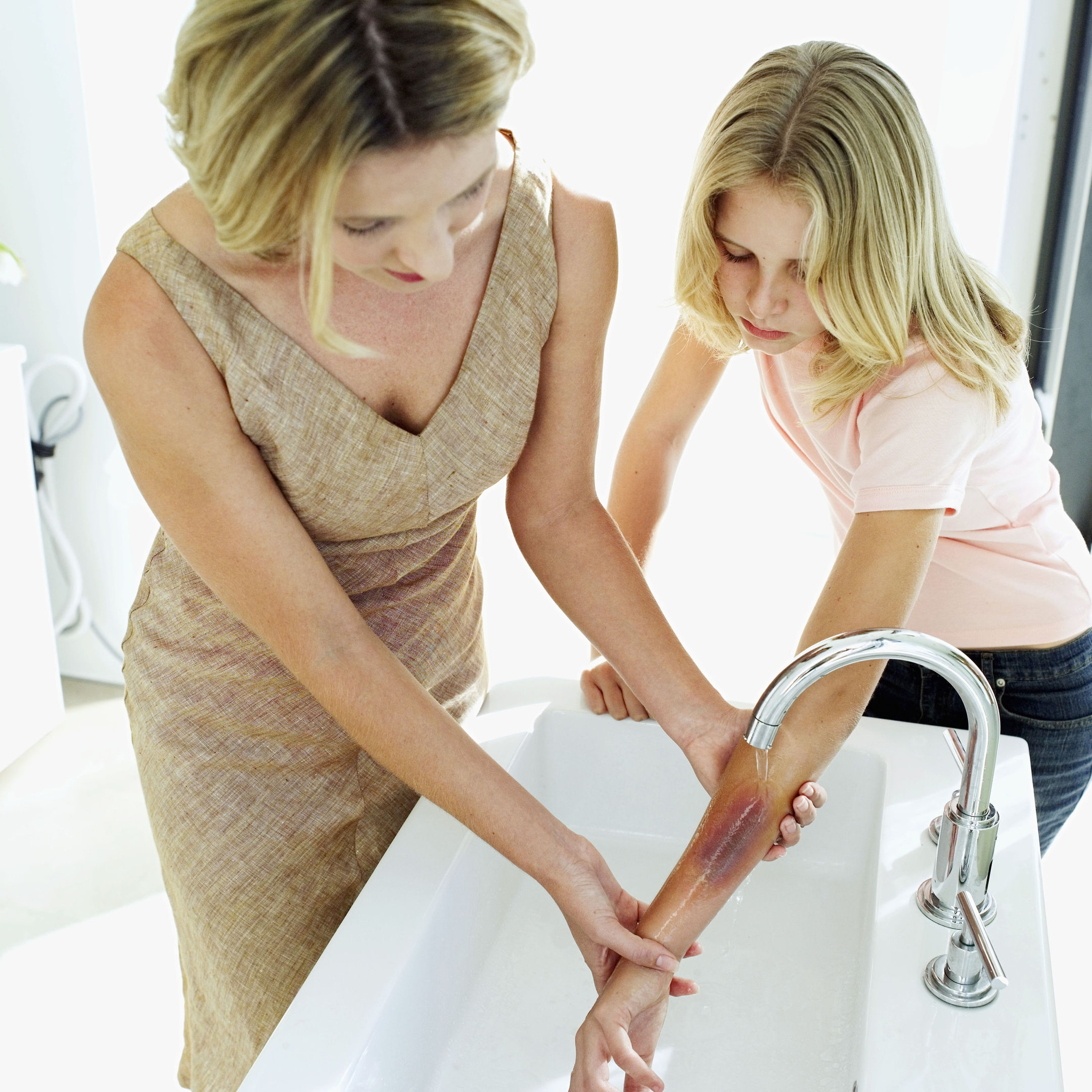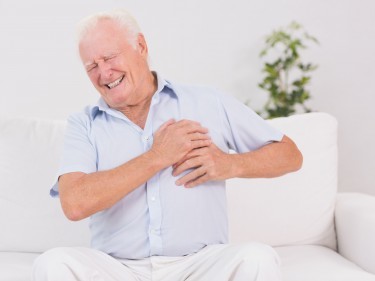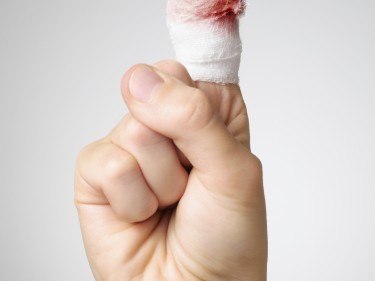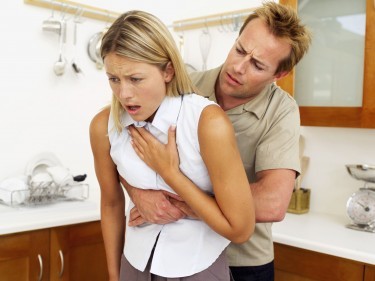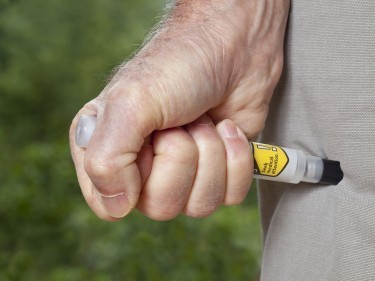While worrying about everything that could potentially go wrong doesn’t do anybody any favours, when it comes to first aid, taking a little time to prepare for the worst is a great idea.
In fact, not only could these skills help save somebody else’s life – they could save your own too, or at least make coping in an emergency, or painful, situation a little easier. Because mishaps and accidents happen, and they don’t always wait until the most convenient moment – like when there’s a handy paramedic nearby – to strike.
Arming yourself with bit of knowledge by attending a first aid course or watching videos on the Red Cross or St John Ambulance (www.sja.org.uk) websites can really pay dividends.
“There’s a gentleman in Gloucestershire who attended a couple of hours of first aid, and recognised that he was having a heart attack just weeks later,” recalls Kathryn Clements, who works as a coordinator for adult first aid training at the British Red Cross (www.redcross.org.uk).
“He felt the onset of pain so found somebody and they managed to call help for him.”
First, here are a few pointers to keep in mind…
HEART ATTACK
Once you’ve called 999 (suspected heart attacks are ALWAYS an emergency), the most important thing to do if you think you’re having a heart attack is rest.
“If you’ve got it and you’re not allergic to it, chew an aspirin tablet slowly, just a normal 300mg aspirin you’d take for headaches,” explains Clive James, the national training officer for St John Ambulance. “This will help prevent the heart attack getting any worse.”
Then try to sit down with your back supported. First aiders are trained to encourage people who might be suffering a heart attack to sit on the floor against a wall, if possible, with their head and shoulders supported and knees bent in front of them.
“If you can manage to get to the front door and sit on the stairs while you wait for the ambulance to turn up, that’s ideal, but what you don’t want to be doing is walking around putting more pressure on the heart than is necessary,” adds James.
BURNS
The best way to treat burns may depend on the type of burn suffered. However, generally speaking, burns can be relieved by cooling them under running water.
Also, remove jewellery and clothing from the affected area – but don’t try to do this if anything is actually stuck to burnt skin, which can happen with severe burns, as this could worsen the problem. Plus, avoid applying any soft, fibrous dressings, and instead cover the burn with cling film if necessary.
“A lot of people say, ’What if you’re camping in a field and can’t access running water?’ If you’ve got something like a cold fizzy drink, that’s fine,” says James, who notes that St John Ambulance usually advise
that people hold the burn under running cool water for at least 10 minutes.
“If you stick it under a tap until the pain goes away, which is normally a few seconds, when you take it out again, it will still be burning like hell, because all that’s done is remove the heat from the surface.
“But you need to remove the heat from all the tissue as well, so that’s why it’s a minimum of 10 minutes. It’s an awfully long time to stand with your hand under cold water, but you’ll probably find there’s very little left to treat afterwards.”
As always, he suggest people seek medical help if they have any concerns, or if the burn results in “large areas of blistering, or the skin is actually broken because of the burns”.
BLEEDING
Suffered a nasty cut and bleeding heavily from it? Whether you’re alone or with someone, the advice is the same.
“It’s about getting direct pressure onto the wound as soon as possible, and get something you can wrap around it,” says James. “In a real life situation with a severe bleed, then it might just be something like a tea towel. It’s very difficult to put a bandage on yourself so it doesn’t matter if you use a tea towel, because the priority here is to get the bleeding stopped.”
Clements recalls a recent story where somebody used a tablecloth to stem heavy bleeding.
“There was a gentleman who responded in Tunisia to people who were bleeding severely from gunshots by applying a tablecloth,” she explains.
“It’s literally about using whatever you have got around you, and applying that knowledge to help quickly.”
Elevating the wounded area – holding it above heart level – can help slow down blood loss. Also, if there’s an object stuck inside the wound, people are advised not to attempt to remove it themselves, as the bleeding may become worse. Instead, apply pressure around the object.
Remember that infections can be treated later on; with bleeds, as James stresses, “the priority is to get the bleeding under control, and call for an ambulance if the bleed is severe”.
SEVERED LIMBS/BODY PARTS
If you’re unlucky enough to suffer a severed a limb, apply pressure to the wound and follow a few simple steps.
“If you’ve severed the top of your finger, then find it the missing piece, if possible and wrap it in a bit of paper towel,” says Clements.
“Surround it with some ice from the freezer or a good old pack of peas and get yourself some emergency hospital treatment.”
CHOKING
Coughing when something goes down the wrong way might sound nasty, but it’s actual chocking – where people are unable to cough, breathe or make much sound at all due to an item blocking the throat – which can very rapidly turn into a serious medical emergency.
“The biggest problem really is people shy away from other people when they’re choking,” says Clements.
“If they’re in a restaurant or somewhere busy, they tend to go somewhere like a public loo, and then they collapse because there’s no one to help. So the thing we strongly emphasise is: don’t do that, find someone else who can help you.”
While choking makes it difficult to verbally explain the situation, try to bang on your neighbours’ door or summon help by going into the street. You could also try some techniques on yourself (but don’t put off seeking help).
“Try and vigorously cough by leaning forwards to see if you can clear the obstruction,” explains Clements.
“You could also try abdominal thrusts or tummy squeezes. To do that, place your hand in a fist just above your belly button and underneath your ribs, and place your other hand on the top and pull upwards to try and force the air in and up. Hopefully that might shift or move the object which is causing the difficulty.”
SPRAINS AND BROKEN BONES
“If it’s a suspected break, you’ll need medical help and X-rays,” says James. “But if you’ve twisted your ankle, you might not know whether you’ve broken it or not. My advice would be treat it as a sprain initially, so get yourself an ice pack, rest it, apply the ice pack to the affected part, keep it elevated and rest it as much as possible.
“Once you’ve treated it for about 15-20 minutes, if you can bear weight on it and it seems to be getting better, it probably is a sprain or strain.
“But if you still can’t put any weight on it without any severe strain, then chances are you need to go to a walk-in centre to get it X-rayed and checked out.”
Any doubts, seek medical help.
SEVERE ALLERGIC REACTION
Anaphylaxis means a severe allergic reaction. People who’ve suffered from them before are highly likely to have an adrenaline pen (EpiPen), which they should carry at all times, and which can be used to treat an attack.
“If the reaction is so severe you’re starting to feel faint or it is affecting your breathing, you need to use that pen,” explains Maureen Jenkins, clinical director at Allergy UK (www.allergyuk.org).
Without prompt treatment, anaphylaxis – which may also cause severe swelling, an itchy red rash (hives) and unconsciousness – can be fatal, so calling for an ambulance should be done quickly.
“Call 999 for help immediately,” says Jenkins. “Say ’anaphylactic reaction’, exactly where you are, and ’paramedic needed’.”
She also recommends wearing a medical bracelet or medallion to inform strangers of your allergy and, if you have a smartphone, download the Alert5 app. If you’re having an attack, the app will alert five stored contacts of your exact location and the fact you’re in need of urgent help.
